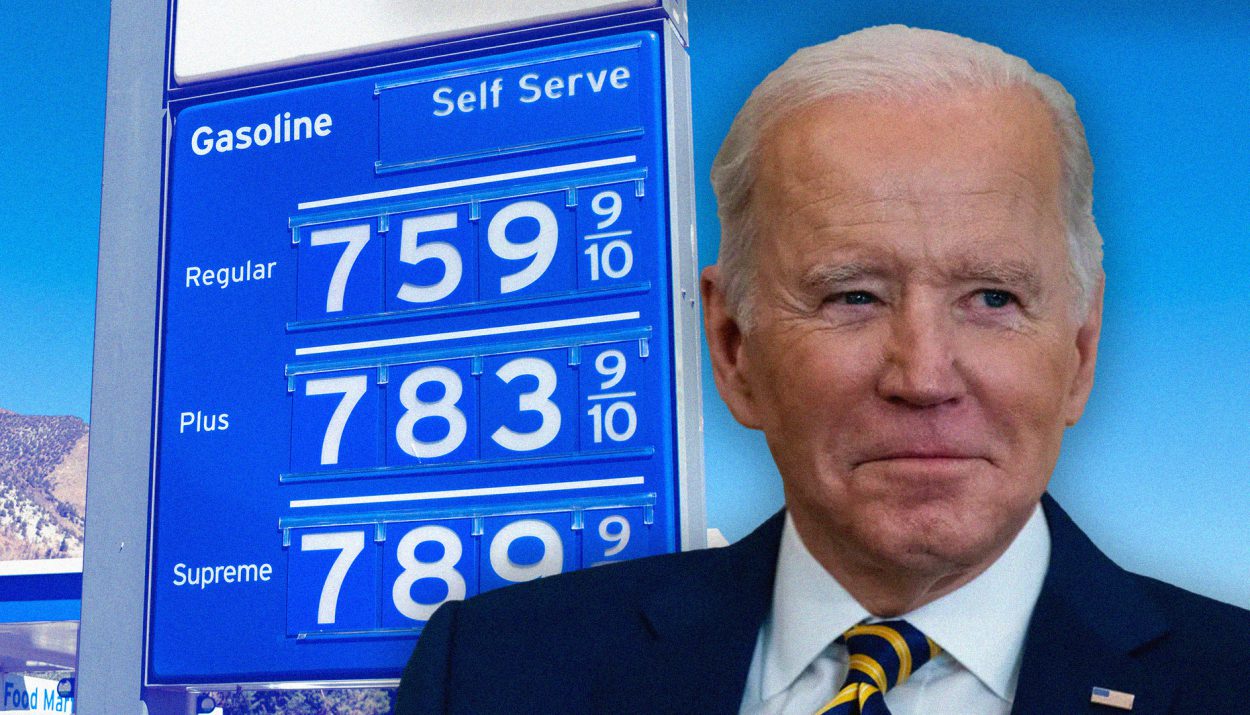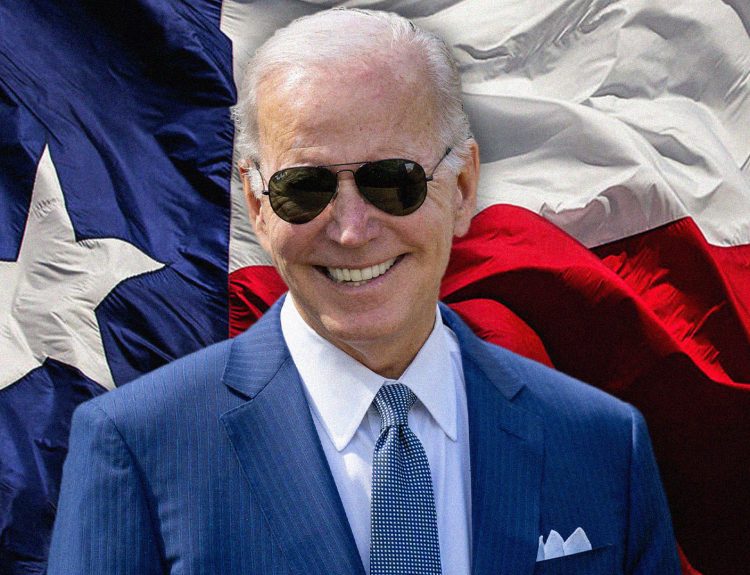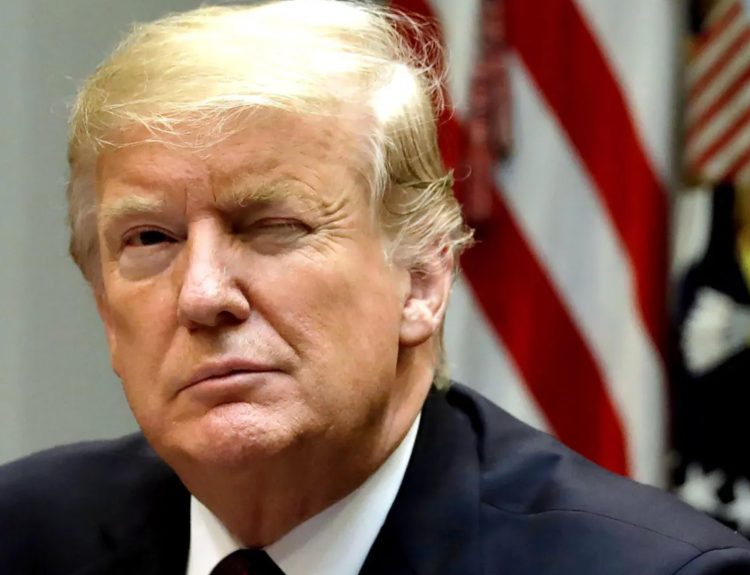With gas prices bouncing around like a yo-yo, Americans are outraged as the White House tries to downplay the impact of spiking costs at the pump. During a recent press briefing, White House Press Secretary Karine Jean-Pierre stated, “The average gas price right now is cheaper than last year,” failing to address citizens’ concerns over the significant monthly price increase.
Her blithe response triggered a wave of frustration on social media, with commenters arguing the White House is out of touch. Although the Biden administration claims drivers should feel relieved prices are lower than last year, this offers little comfort for many folks grappling with frequent fluctuations.
White House Press Secretary Downplays Surging Gas Prices
The Biden administration failed to reassure citizens concerned over the frequent fluctuations in gas prices that significantly impact their daily living costs.

According to Karine Jean-Pierre, Americans should feel comforted that today’s prices remain lower than last April.
Experts Point to Various Factors
According to experts, gas prices in the U.S. are notoriously volatile, fluctuating almost daily for several reasons. Supply and demand primarily drive price changes, influenced by global oil prices and overall economic health.
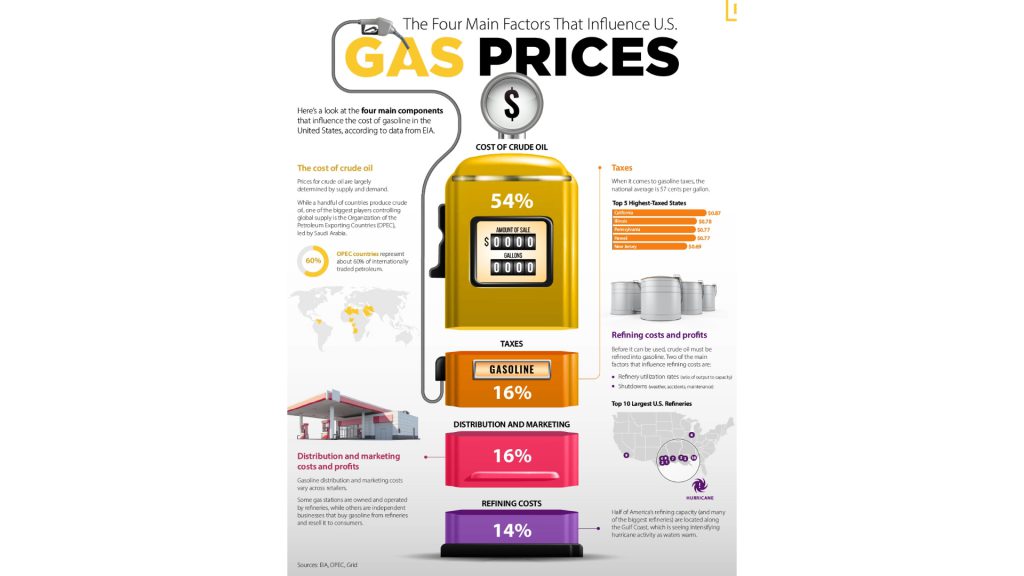
Heightened post-pandemic demand, decreased domestic production, and global tensions like the Russian-Ukrainian conflict contributed to 2022’s surge above $5 per gallon.
Calls for Government Intervention
Both parties are pressuring the government to lower gas prices by increasing domestic oil production, halting gas taxes, or subsidizing drivers directly.
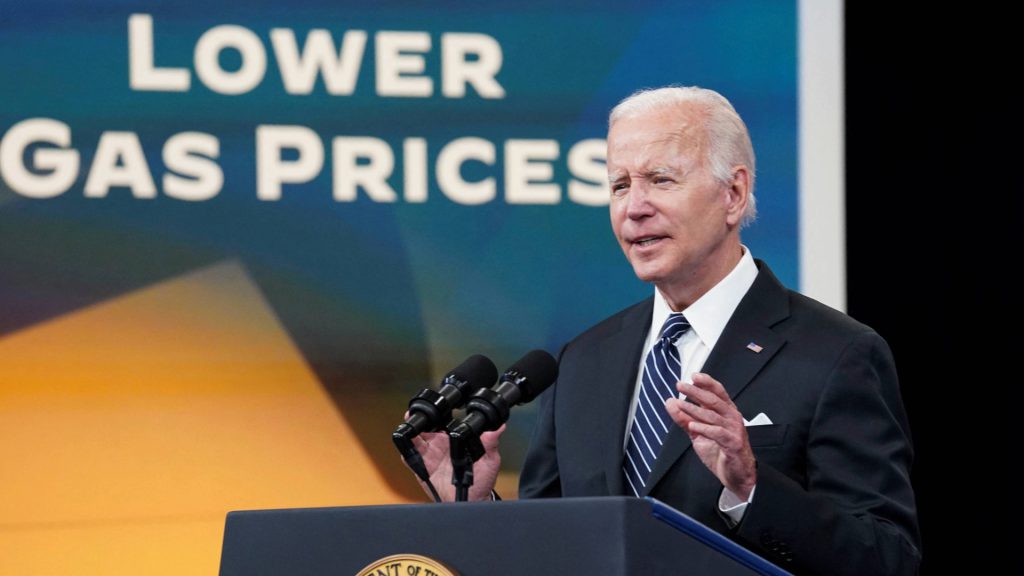
However, experts say the government’s ability to shape oil markets is limited since global supply and demand dynamics primarily dictate prices. Still, any respite would be welcome for citizens struggling with frequent price hikes.
Gas Prices Have More Than Doubled Since Biden Took Office
When President Joe Biden took office in January 2021, the average price for a gallon of regular gasoline in the U.S. stood at $2.40.
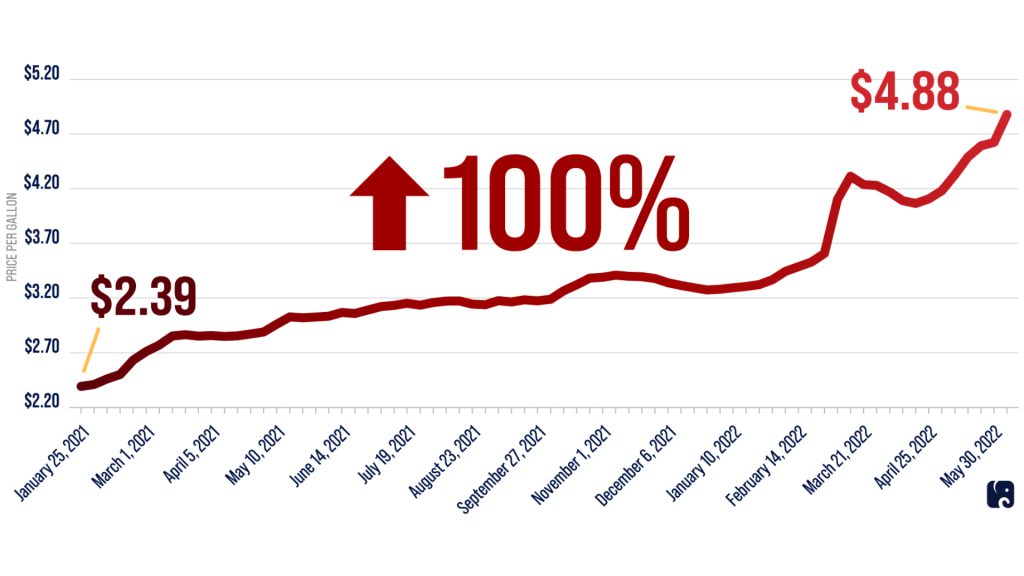
However, within 12 months, prices surged to $3 per gallon, and by early 2022, the average cost soared to $5.06, more than doubling from when Biden assumed the presidency. Although prices have since dropped to $3.64 per gallon, that still represents a 50% increase from January 2021.
Why Are Gas Prices So Unstable in the U.S.?
The supply of crude oil, refined into gasoline, depends on oil production in the U.S. and abroad. When oil production declines or global conflicts arise, the supply falls, causing prices to rise.
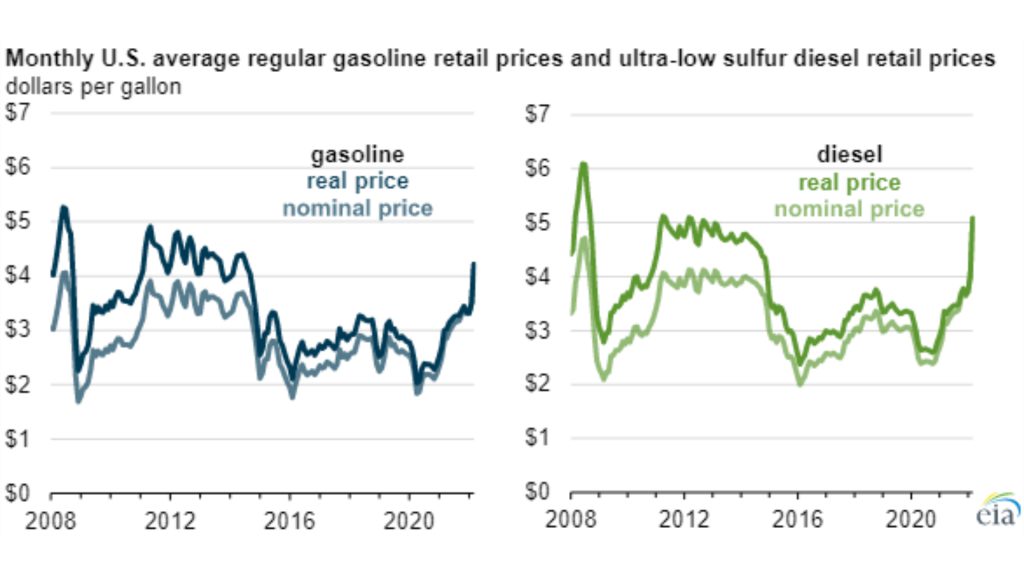
For example, prices surged in 2022 due to decreased domestic oil production and geopolitical tensions like the Russian invasion of Ukraine.
Seasonal Demand Increase Fuel Price
Demand for gasoline peaks during the summer driving season and holidays, putting upward pressure on prices.

More people on the road means more demand for fuel, even as the supply remains steady. The increased demand is temporary but introduces price volatility nonetheless.
Speculation in Oil Markets
At times, speculation by investors and traders in oil markets can also lead to price instability. Investors may bid up oil prices when they anticipate higher future demand or lower supply.
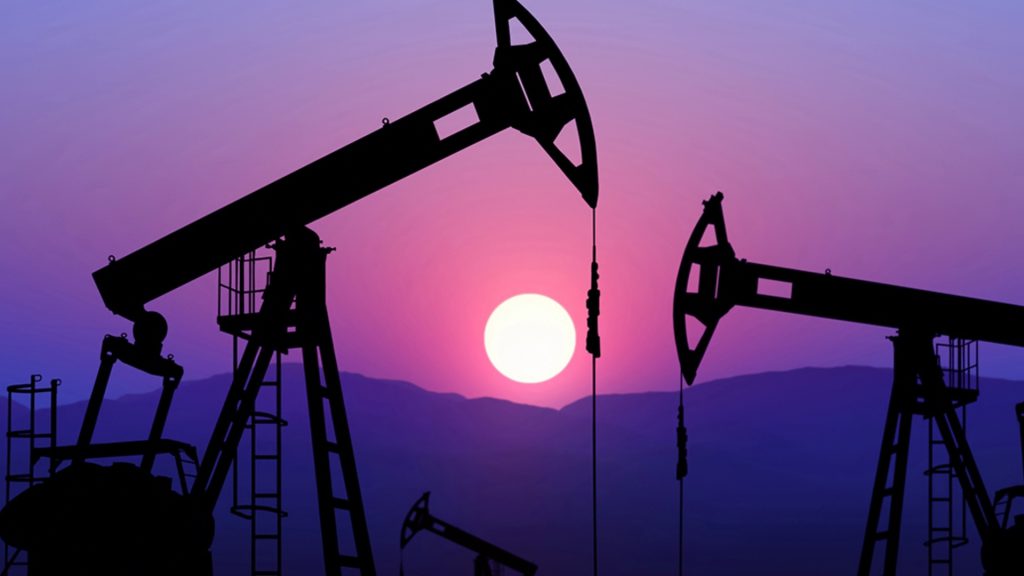
Their speculation adds volatility that is not always grounded in supply and demand fundamentals. Government policymakers argue this “price gouging” should be better regulated.
How Much Influence Does the Government Have Over Gas Prices?
While politicians frequently promise to lower gas costs, experts argue the government’s ability to directly control prices at the pump is limited.
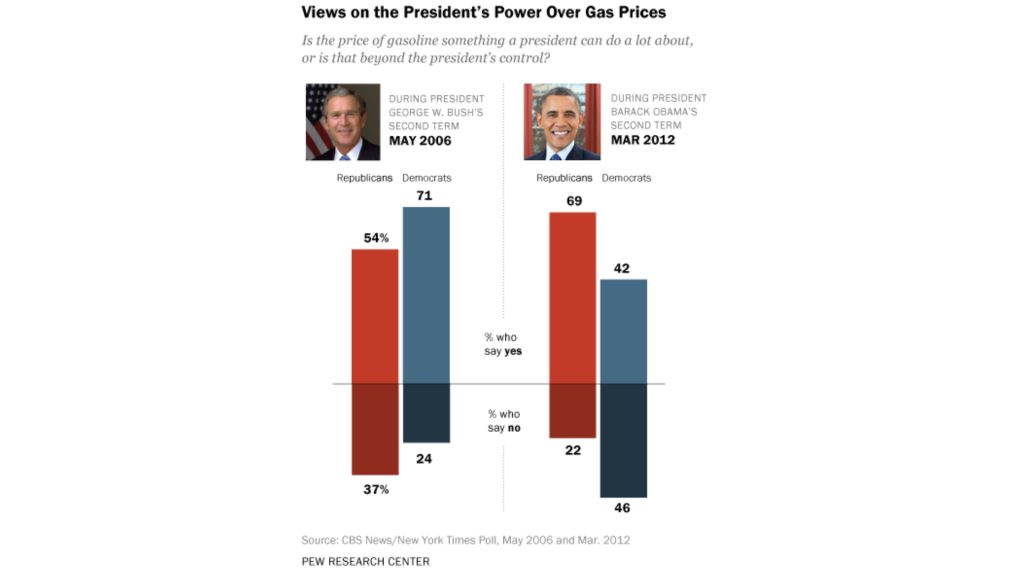
According to analysts, gasoline prices are primarily determined by global oil supply and demand, not policymakers.
What Can Be Done to Lower Gas Prices?
Both political parties are urging the government to lower gas prices by boosting domestic oil production, halting gas taxes, or offering direct subsidies to drivers.
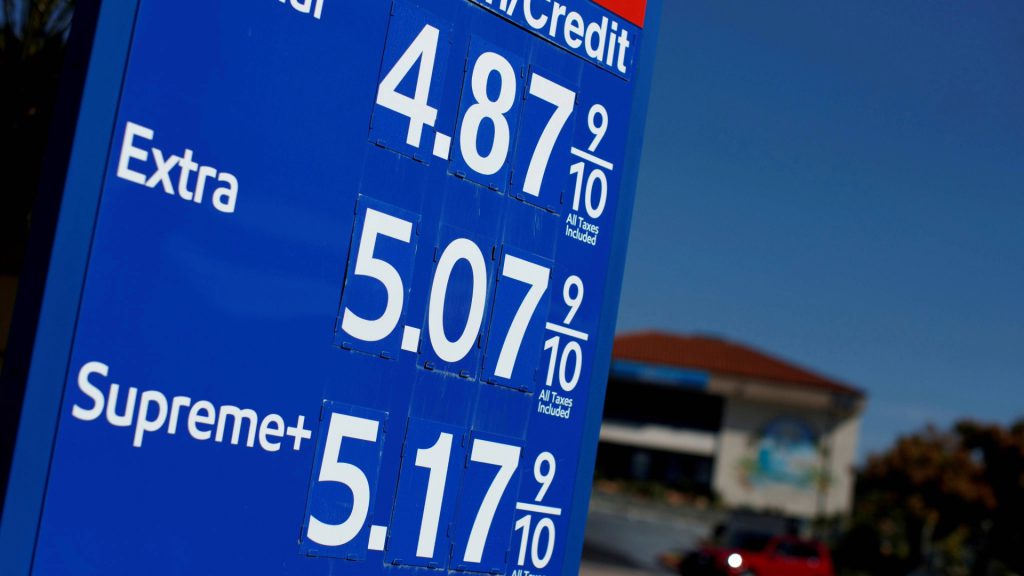
Yet, experts contend that the government’s capacity to influence oil markets is restricted, with prices primarily dictated by global supply and demand dynamics.
Diversify Energy Sources To Lower Gas Cost
In the long run, transitioning to renewable energy sources and diversifying away from fossil fuels is critical to stabilizing energy costs.
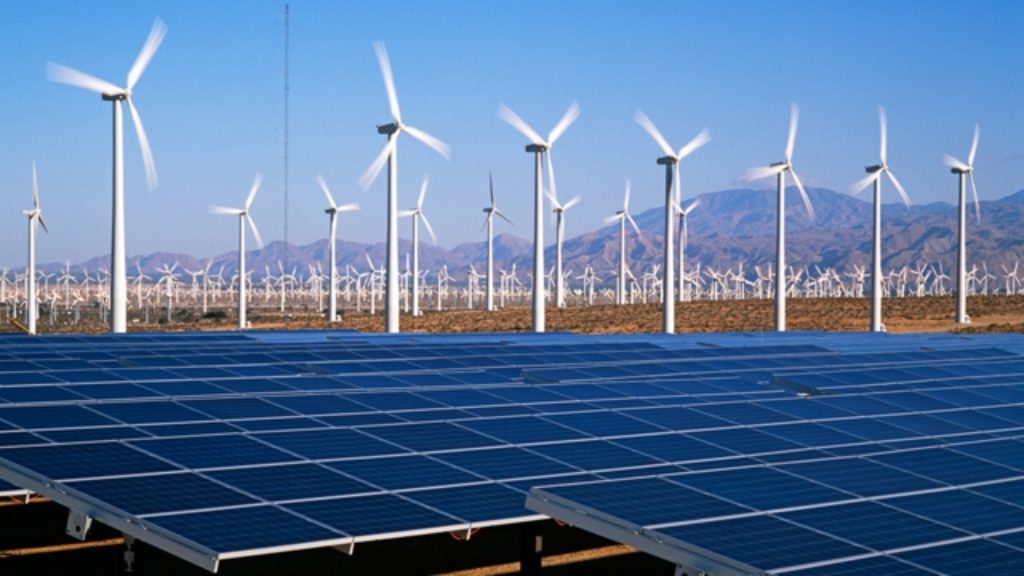
Investing in solar, wind, and other renewable technologies will make the U.S. less dependent on volatile global oil markets.
Will Gas Prices Keep Increasing in the Future?
Some analysts anticipate gas prices may continue to increase moderately in the coming years due to heightened demand as the economy recovers from the COVID-19 pandemic.
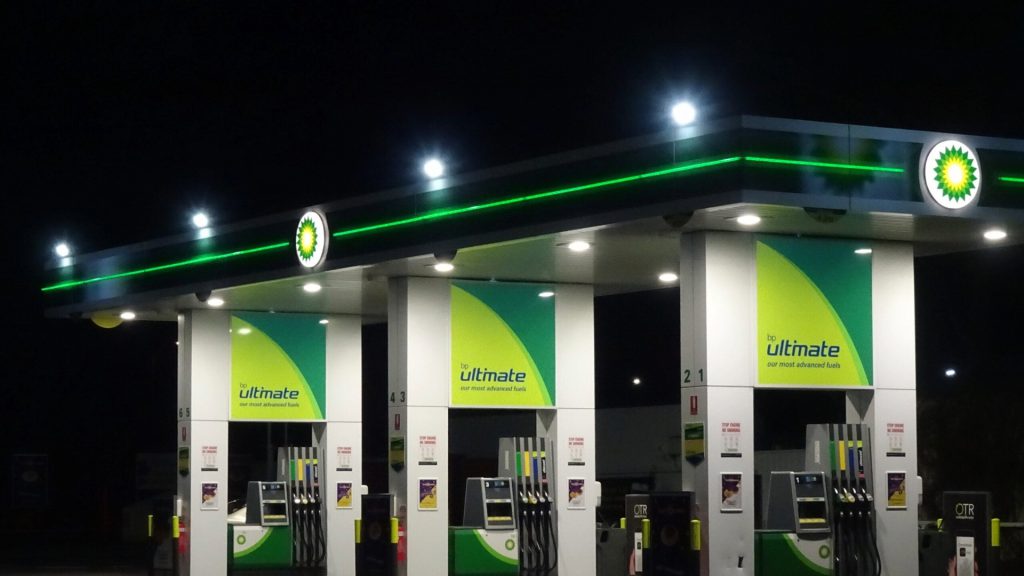
However, if domestic oil production also ramps up and OPEC nations boost output, this could help stabilize costs. The Biden administration is also urging oil companies to ramp up production to counter rising prices, though their influence is limited.
No Simple Fixes To Reduce Gas Prices
While individuals can take steps like driving less or using public transit to reduce costs, for many, the daily commute remains a necessity. Unfortunately, there are no simple fixes to stabilize gas prices in a global market.
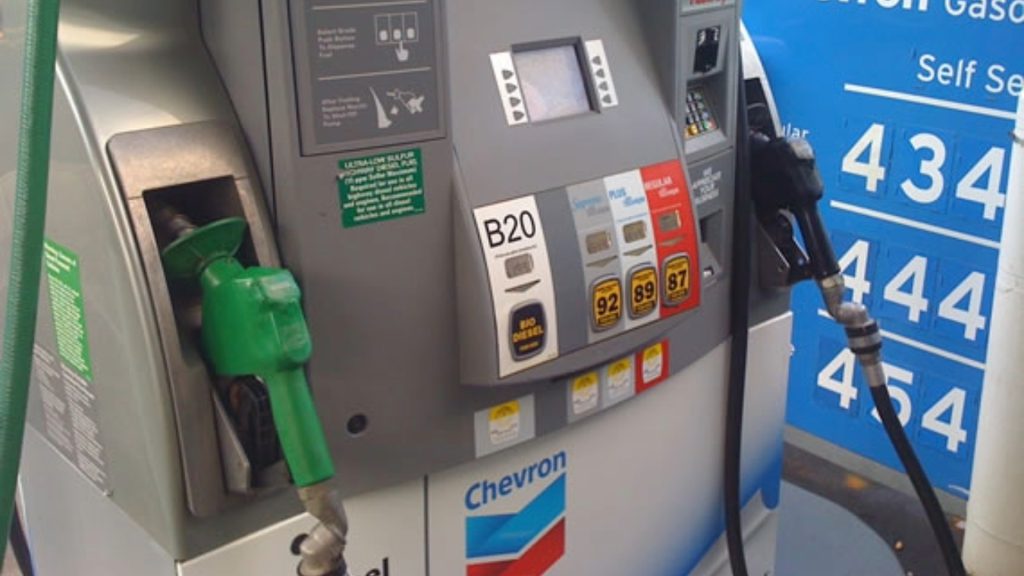
Consumers will likely continue facing price increases from time to time, though the overall trend may remain relatively flat if supply and demand stay balanced.
Little To No Solace For Many at The Pump
For many citizens grappling with the frequent price fluctuations at the pump, this offers little solace. Gasoline prices are renowned for their instability, influenced by global supply and demand dynamics.
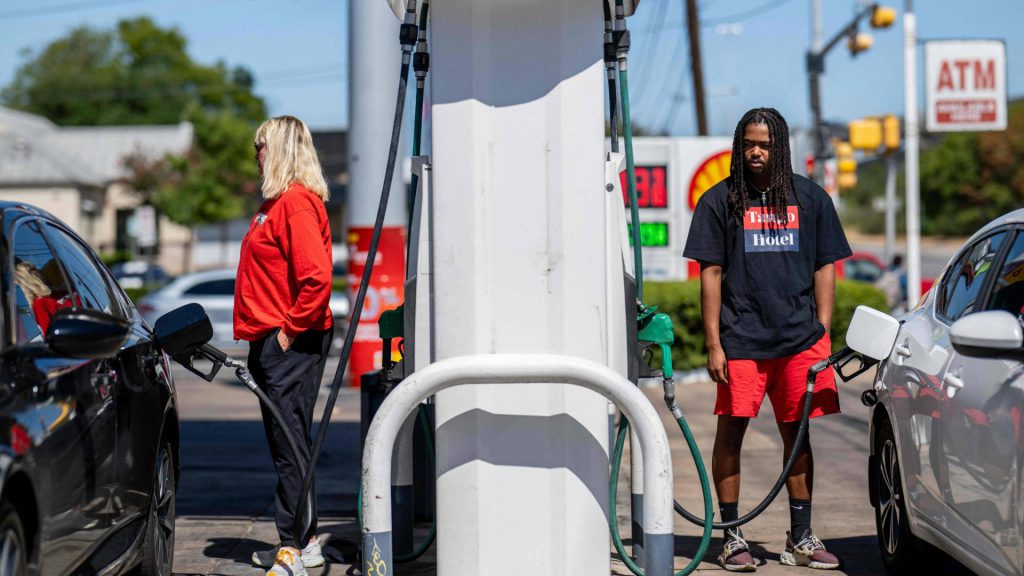
Regrettably, drivers frequently experience substantial fluctuations in the cost per gallon, introducing uncertainty into their daily commute expenses.
Price Drop, But Gas is Still Expensive
Although the price has since dropped to $3.64, it remains 50% higher than when Biden assumed the presidency.
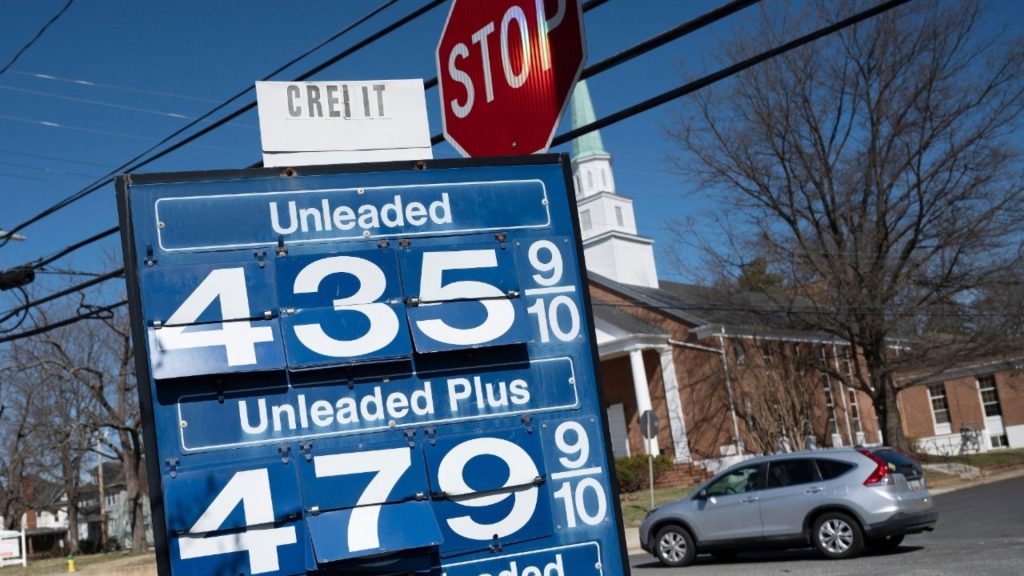
Gas prices in the United States are famously unstable, and the basic economic principle of supply and demand primarily drives fluctuating prices.

